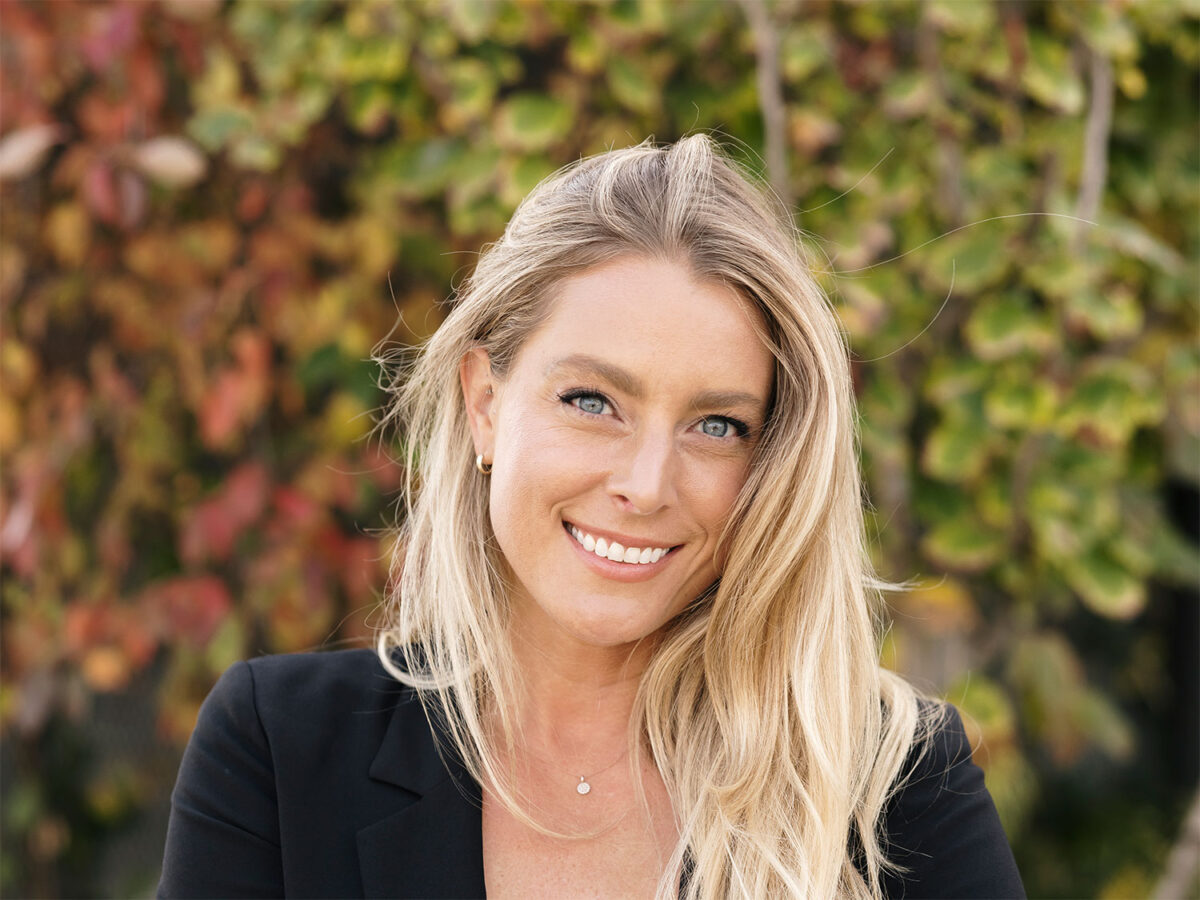July 17 marked the third joint meeting between the Beverly Hills City Council and the City’s Medical Advisory Task Force, continuing a dialogue between the governing body and a group of experts lauded for their achievements in their respective medical fields.
The Task Force’s creation in March was spearheaded by then Mayor John Mirisch as part of the City’s response to COVID-19. While the agenda is for discussion purposes only, the exchange informs and promotes public health policy – part of the City’s proactive efforts to flatten the curve. Topics ranged from the increased spread of the virus seen among young people, to voluntary contact tracing, safety concerns regarding outdoor dining and the dangerous lack of national leadership.
Medical Advisory Task Force members include David B. Agus, M.D.; Mike Altschule; Kirk Y. Chang, M.D.; Rhonda Curry; Annabelle de St Maurice, M.D.; Jazmin Diego, MSW; Jonathan Fielding, M.D.; MPH, M.A., MBA; Joel Geiderman, M.D.; FACEP; Julian A. Gold, M.D.; Karen Grimley, R.N., Ph.D; Lee H. Hilborne, M.D.; David Hopp, M.D.; Irving Posalski, M.D.; Enrique Terrazas, M.D.; Sam Torbati, M.D.; Daniel Z. Uslan, M.D.; Rachel Zabner, M.D.; Alyssa Ziman, M.D. and guest member Erica Felsenthal, Ph.D.
Before Mayor Lester Friedman read the first of four questions prepared by the Council, he introduced Task Force member Dr. Jonathan Fielding, one of the leading public health experts in the world. Fielding served for 16 years as the Director of Public Health and Health Officer for the Los Angeles County Department of Public Health and distinguished professor of Health Policy and Management and of Pediatrics in the Schools of Public Health and Medicine at UCLA. In addition to presenting an update on COVID-19 metrics in the City, Fielding commanded everyone’s attention to highlight a solemn message.
“Schools are a huge problem, and because things are getting worse it’s harder and harder to recommend that schools open,” Fielding said. “But we have to focus on those kids, otherwise we’re going to wind up with a whole generation of those who have not had the right kind of help in terms of their education, and are not going to get the good jobs and going to continue to exacerbate the inequities we have now. Focusing on the schools is absolutely critical.”
Below, the experts weigh in on important questions shaping the future.
“What is the impact of large gatherings, such as the protests, on the spread of COVID-19 and it’s current spike related to those protests?”
“It’s not a masking issue, it’s a transmissibility issue. And at the end of the day, the issue is getting the transmissibility down to one. It’s entirely an epidemiology issue. So, when we talk about the impact of large gatherings, that increases transmissibility when we talk about not social distancing. I think when we ask the question about large scale gatherings such as protests or whatever, particularly without masks, those will increase transmissibility. We know that the virus in a general population has a transmissibility of about 2.5 people. So that every person who’s infected can spread it in fact about two and a half people. The goal needs to be to get that lead to less than one.”
-Lee H. Hilborne, M.D., Professor of Pathology and Laboratory Medicine, UCLA Senior Medical Director, Medical Affairs Quest Diagnostics; Past President of the American Society for Clinical Pathology
“There was an observational study for a protest demonstration near the UCLA Medical Center. In the case, there were 2000 demonstrators not practicing social distancing, but for the most part, wearing masks during the demonstrations. Most of the people attending that demonstration were healthcare workers at UCLA Medical Center, who are currently being, and were being tracked for detectability for COVID-19 exposure and contraction. Guess what the answer was. None. Zero. So, more than two weeks later there was no contraction among any of the attendees at that demonstration, as they’re being followed by UCLA by testing.”
– David Hopp, M.D., President, Los Angeles County Medical Association, District 7 Beverly Hills and Cedars-Sinai; Senior Attending Surgeon, Cedars-Sinai Medical Center Plastic and Reconstructive Surgery; Founder, CEO YouthFill MD
“What is the advice of the taskforce about measures that the City should or could be taking?”
“The consideration that I am putting forward is a volunteer contact tracing proposal for the City of Beverly Hills. That would be a voluntary automated contact tracing program, much like the one undertaken in New Zealand. But it’s all dependent upon voluntary participation. And it’s an automated system that allows you to basically register individual citizens and households, as well as establishments, using a QR coding system.
Each household has a QR code, wherever they frequent they flash the QR code and it gets recorded. Then later on, cross referencing for positive outcomes of COVID-19. And then the automated system sends out the information to anyone that was potentially exposed and gives them directions as to what to do next.”
– David Hopp, M.D.
“It’s ‘see something, say something.’ And unfortunately for many of us, we become the bad guy by asking people about their masks. I see the Ambassador’s and the police out all the time, especially on the bike patrols now, and it would be really great if they could take a minute to help support what a lot of the citizens are doing. But I think that there may be an opportunity, because if we don’t model it and show it as important, people are not necessarily going to think it’s a big deal. And this is going to go on for a long time, this isn’t going to stop next month, and I think as good optimistic Americans people keep thinking it’s going to end really soon, that is in fact not the case.”
– Karen Grimley, R.N. Ph.D., Chief Nursing Officer, UCLA Health
What is the level of safety regarding the option of closing streets to encourage people to dine in the street and is that something that this group feels would be good or not?
“There was an establishment that had many people waiting for their reservations. I think that’s the sort of gathering situation that Councilmember Bosse was referring to. If there’s a way to mitigate those gatherings by more tables, only reservations, for sure. But people can’t wait for a table without masking. There are gatherings even while the streets are open now, of people waiting for reservations. I think that enlarging that opportunity may be problematic. But, at the same time, the establishments are as interested in keeping businesses open safely as anyone else. So, I’m sure that they would be helpful in exerting whatever influence the council decides that would be necessary in order to create a safe environment for everyone.”
– David Hopp, M.D.
What is the shortest period of time a vaccine could be available, and from the day a vaccine is available, how long would it take to vaccinate the entire U.S.?
“The best-case scenario is that a vaccine could be available between mid-September and mid-October, and that would take three to six months for a rollout across the U.S. It will be a process to get rid of the virus over time, even with the vaccine, and normalizing the wearing of masks will be important.”
-David B. Agus, M.D., Director of the USC Center for Applied Molecular Medicine; Director of the Lawrence J. Ellison Institute for Transformative Medicine of USC; Professor of Medicine and Biomedical Engineering
“There are currently at least 15 different vaccines being tried and tested. Two of those are already in phase one and phase two trials. In the best-case scenario, if one of those two is safe enough, then they go to the phase three trials to prove that they are okay. It’s not going to be a perfect vaccine, and it is going to be a very important part of this fight, but we’re in this for the long run.”
– Rachel Zabner, M.D., Infectious Disease Specialist, Cedars-Sinai Medical Center.







